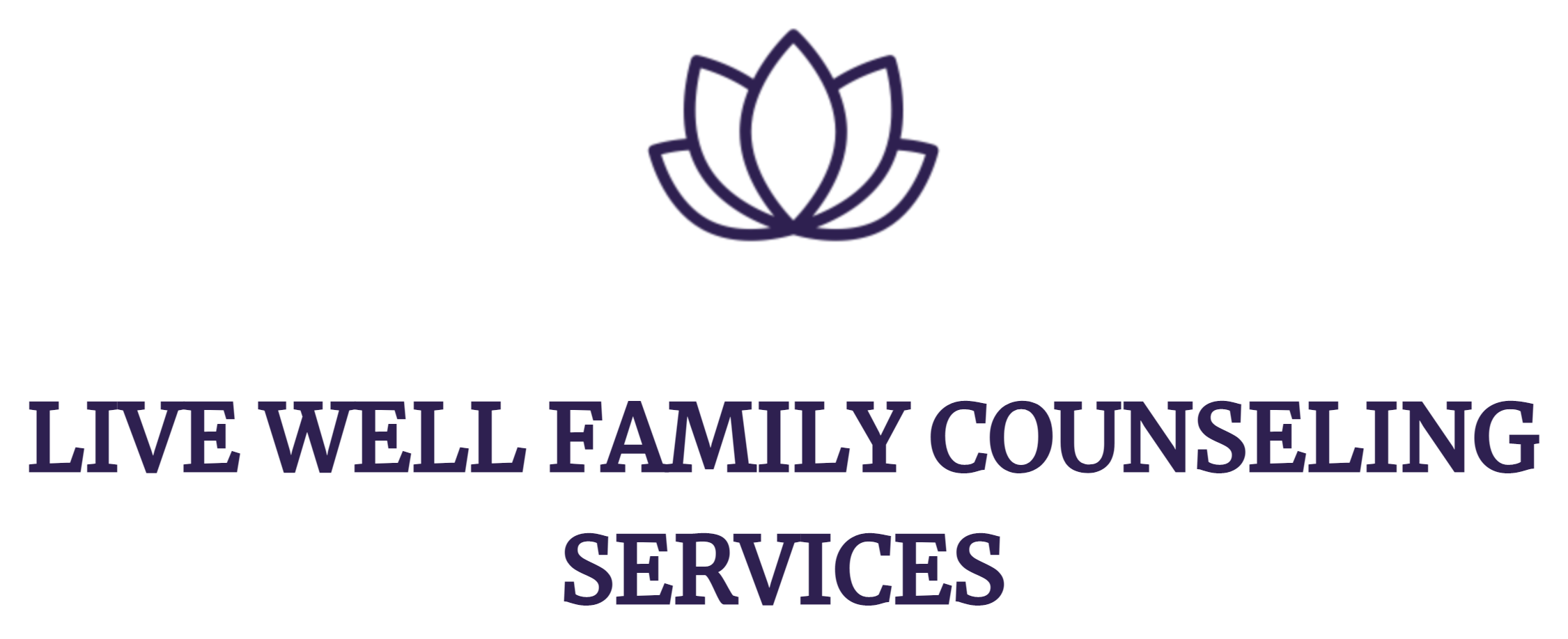Business Psychology (Developing Learning Organizations)
Business Psychology: Developing Learning Organizations
Every business leader or executive leadership team strives for an organization that can come together to support common goals and overcome the challenges that a business faces. Constant changes such as economic fluctuation, new regulations, product prices, wages, technology, and new markets present organizations with the opportunity to grow or suffer, and this has never been more true than during a global pandemic. Learning organizations are able to take these changes in stride. At Live Well, we help organizations put new ideas to work to exceed ever-changing demands and remain competitive, relevant, and innovative.
We are currently looking to serve small to medium sized organizations with a gross revenue ranging from $500,000- $2,000,000 who wish to turn changes into opportunities for learning and growth. Our consulting services can benefit various types of businesses, and we specialize in small-medium sized organizations such as medical offices, start-ups, family owned/ multi-owner businesses, and businesses with unique and diverse cultural backgrounds.
Please feel free to reach out for a complementary intake appointment to discuss the areas of your organization that you are looking to improve.
In this excerpt from his article “Building a Learning Organization” for Harvard Business Review, David Garvin gives insight into what a learning organization looks like, what those characteristics entail, and the rewards of creating such a workplace environment. At Live Well, our business psychology consulting services seek to deliver these benefits, such as creating an environment that fosters the creation of value-adding ideas.
Building a Learning Organization
As a first step, consider the following definition:
A learning organization is an organization skilled at creating, acquiring, and transferring knowledge, and at modifying its behavior to reflect new knowledge and insights.
Building Blocks
Learning organizations are skilled at five main activities: systematic problem solving, experimentation with new approaches, learning from their own experience and past history, learning from the experiences and best practices of others, and transferring knowledge quickly and efficiently throughout the organization. Each is accompanied by a distinctive mind-set, tool kit, and pattern of behavior. Many companies practice these activities to some degree. But few are consistently successful because they rely largely on happenstance and isolated examples. By creating systems and processes that support these activities and integrate them into the fabric of daily operations, companies can manage their learning more effectively.
Learning organizations are not built overnight. Most successful examples are the products of carefully cultivated attitudes, commitments, and management processes that have accrued slowly and steadily over time. Still, some changes can be made immediately. Any company that wishes to become a learning organization can begin by taking a few simple steps.
The first step is to foster an environment that is conducive to learning. There must be time for reflection and analysis, to think about strategic plans, dissect customer needs, assess current work systems, and invent new products. Learning is difficult when employees are harried or rushed; it tends to be driven out by the pressures of the moment. Only if top management explicitly frees up employees’ time for the purpose does learning occur with any frequency. That time will be doubly productive if employees possess the skills to use it wisely. Training in brainstorming, problem solving, evaluating experiments, and other core learning skills is therefore essential.
Another powerful lever is to open up boundaries and stimulate the exchange of ideas. Boundaries inhibit the flow of information; they keep individuals and groups isolated and reinforce preconceptions. Opening up boundaries, with conferences, meetings, and project teams, which either cross organizational levels or link the company and its customers and suppliers, ensures a fresh flow of ideas and the chance to consider competing perspectives. General Electric CEO Jack Welch considers this to be such a powerful stimulant of change that he has made “boundarylessness” a cornerstone of the company’s strategy for the 1990s.
Once managers have established a more supportive, open environment, they can create learning forums. These are programs or events designed with explicit learning goals in mind, and they can take a variety of forms: strategic reviews, which examine the changing competitive environment and the company’s product portfolio, technology, and market positioning; systems audits, which review the health of large, cross-functional processes and delivery systems; internal benchmarking reports, which identify and compare best-in-class activities within the organization; study missions, which are dispatched to leading organizations around the world to better understand their performance and distinctive skills; and jamborees or symposiums, which bring together customers, suppliers, outside experts, or internal groups to share ideas and learn from one another. Each of these activities fosters learning by requiring employees to wrestle with new knowledge and consider its implications. Each can also be tailored to business needs. A consumer goods company, for example, might sponsor a study mission to Europe to learn more about distribution methods within the newly unified Common Market, while a high-technology company might launch a systems audit to review its new product development process.
Together these efforts help to eliminate barriers that impede learning and begin to move learning higher on the organizational agenda. They also suggest a subtle shift in focus, away from continuous improvement and toward a commitment to learning. Coupled with a better understanding of the “three Ms,” the meaning, management, and measurement of learning, this shift provides a solid foundation for building learning organizations.
References
1. Peter M. Senge, The Fifth Discipline (New York: Doubleday, 1990), p. 1.
2. Ikujiro Nonaka, “The Knowledge-Creating Company,” Harvard Business Review, November–December 1991, p. 97.
3. Robert Howard, “The CEO as Organizational Architect: An Interview with Xerox’s Paul Allaire,” Harvard Business Review, September–October 1992, p. 106.
4. Modesto A. Maidique and Billie Jo Zirger, “The New Product Learning Cycle,” Research Policy, Vol. 14, No. 6 (1985), pp. 299, 309.

